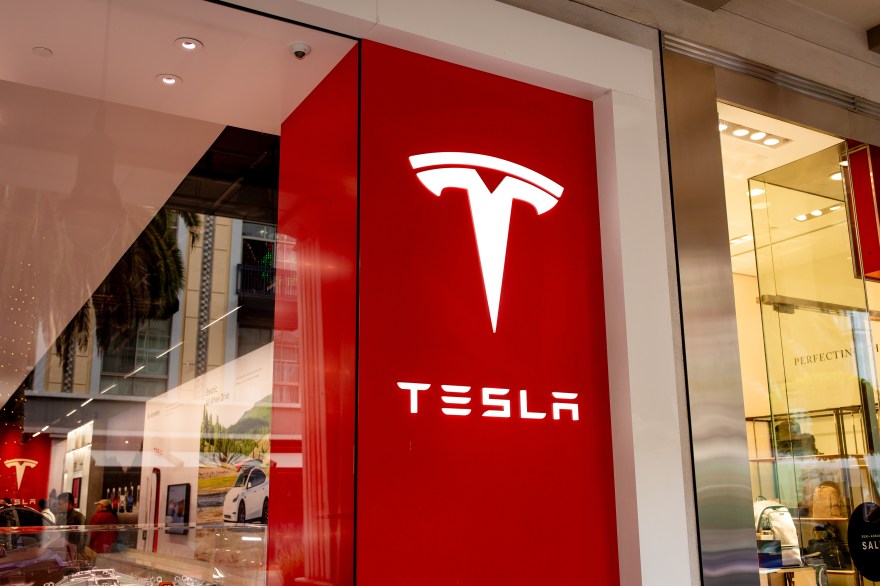Videos by According2HipHop
Over the weekend, a quiet neighborhood in Austin got an unexpected preview of what Tesla hopes will be the future of transportation: robotaxis.
Early Sunday morning, a handful of Teslas marked with a low-key “robotaxi” logo were seen cruising through South Congress in Austin, giving rides to a select group of analysts, influencers, and shareholders. The passengers documented their experiences on social media, which Tesla shared in a sleek video on X (formerly Twitter).
But here’s the catch: each car came with a human “Tesla Safety Monitor” in the front seat. So while no one was technically driving, someone was definitely watching — just in case.
Noticeably absent from the rollout? The long-hyped Cybercab — a spaceship-looking car Musk teased at Tesla’s flashy “We, Robot” event last fall. For now, it’s just standard Teslas doing the rounds.
The test ride marks the first time Tesla’s vehicles have carried paying customers without a driver actively at the wheel. Musk has long claimed that robotaxis will be a key part of Tesla’s future, and he’s now promising 1,000 fully driverless cars on the road “within a few months.”
Still, the robotaxi rollout is more Hollywood teaser than blockbuster premiere. Industry insiders are skeptical about how fast Tesla can scale up, pointing out that competitors like Waymo have been testing for years and still operate with limits.
Carnegie Mellon professor and self-driving expert Philip Koopman said the road to a full robotaxi network could take “years or decades.”
It will be interesting to see whether Tesla can deliver its high-tech vision as promised.























